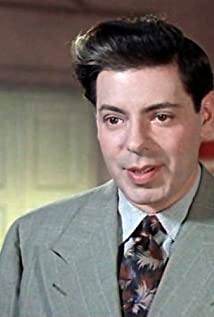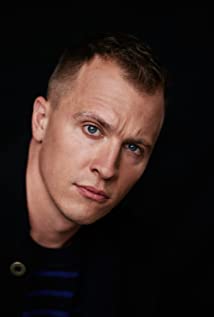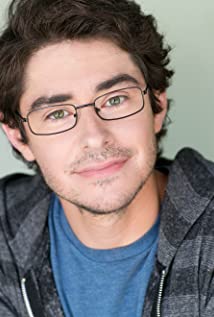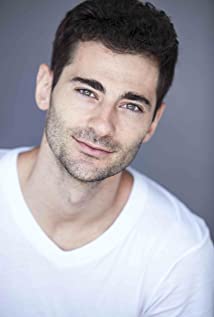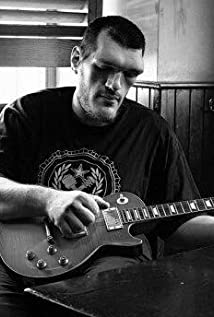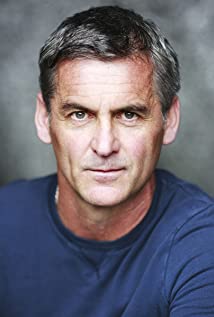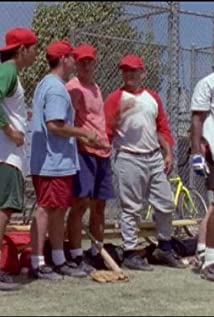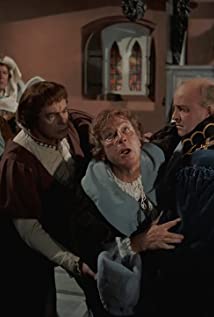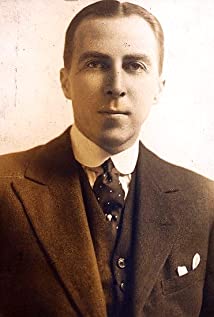
As per our current Database, Hassard Short has been died on 7 October, 1956 at Nice, Alpes-Maritimes, France.
When Hassard Short die, Hassard Short was 79 years old.
| Popular As | Hassard Short |
| Occupation | Actor |
| Age | 79 years old |
| Zodiac Sign | Libra |
| Born | October 15, 1877 (Edlington, Lincolnshire, England, UK) |
| Birthday | October 15 |
| Town/City | Edlington, Lincolnshire, England, UK |
| Nationality | UK |
Hassard Short’s zodiac sign is Libra. According to astrologers, People born under the sign of Libra are peaceful, fair, and they hate being alone. Partnership is very important for them, as their mirror and someone giving them the ability to be the mirror themselves. These individuals are fascinated by balance and symmetry, they are in a constant chase for justice and equality, realizing through life that the only thing that should be truly important to themselves in their own inner core of personality. This is someone ready to do nearly anything to avoid conflict, keeping the peace whenever possible
Hassard Short was born in the Year of the Ox. Another of the powerful Chinese Zodiac signs, the Ox is steadfast, solid, a goal-oriented leader, detail-oriented, hard-working, stubborn, serious and introverted but can feel lonely and insecure. Takes comfort in friends and family and is a reliable, protective and strong companion. Compatible with Snake or Rooster.
He was one of the giants of the American Theatre in the first half of the 20th Century. Born in England, Hubert Hassard Short began his theatrical career there in 1895 and ventured to America six years later.
He initially found work touring as a member and choreographer of John Drew's company, working his way onto Broadway as an actor up until the 1919-20 season. He dabbled as an actor in five films shot in New York but oddly, movies never enthralled him.
His scant film resume coincides with him losing interest in acting altogether by his early 40's in favor of directing for the stage, beginning with "Honeydew" in 1920. Unlike others who used Broadway as a springboard for a career in Hollywood (which he could have easily conquered as a director, choreographer or even a producer), Short was wholly committed to Broadway and was an enthusiastic New York transplant.
His first major hit (or rather hits) came from staging the enormously popular series of Music Box Revues from 1921-23, showcasing Irving Berlin's popular songs. Short quickly gained a reputation of being able to stretch the buffalo on even the tightest producer's nickel by pulling double duty as an innovative behind-the-scene lighting designer and effects wizard.
Short is credited with introducing moving stages, perfume (think: theatrical smell-o-vision), elevators, and the abandonment of footlights in favor of modern lighting techniques. As a director, almost anyone and everyone connected with musicals and musical-comedies from 1920-53 crossed his stages.
He was a consistent hit maker during the bleak years of the Great Depression with productions such as 1930's "Three's a Crowd," (the huge money spinner, featuring a fine score by Howard Dietz and Arthur Schwartz, highlighted by Libby Holman's trademark torchy rendition of "Body and Soul," was the first Broadway production to use modern floodlights), 1931's "The Band Wagon" (marking the final pairing of Adele and Fred Astaire atop an innovative double turntable stage), 1932's "Face the Music" (featuring an even more spectacular double turntable set), 1933's "As Thousands Cheer," and working uncredited on 1933's "Roberta" as a production doctor.
Short's reputation amongst theatrical producers grew exponentially when he salvaged the John D. Rockefeller-financed 1934 production of "The Great Waltz" which ran for over 340 performances over two seasons with it's cast of 180(!), a 53-piece orchestra and hydraulically-driven sets.
He stretched this record helming 1935's "Jubilee." He then fell into a bit of a slump on his next three productions before directing a series of eye-popping spectacles, beginning with 1939's "The American Way.
" Short rode the wave of WW2's box-office boon to Broadway with 1942's "Star and Garter," and ---remarkably--- productions of "Carmen Jones" (an especially daring all-Black production, produced by 'Billy Rose'), "Mexican Hayride," and "Seven Lively Arts" which ran simultaneously during the 1944-45 season.
He continued to dazzle postwar audiences with an impressive 1946 revival of "Show Boat" that defied the then-prevailing notion that revivals were doomed to failure. Now in his late 60's, Short capped off his last decade of work with the 1948-49 hit production of "Make Mine Manhattan," which would be his last bona fide hit.
Short would retire after work on 1953's "My Darlin' Aida." He died at age 78 in France on October 7, 1956.


